7 Generations Harvest Village (“Village”) master-planned mixed-use development that is agriculture and food-centric. It is walkable, with affordable workforce, family and senior housing, whole-life healthcare and wellness facilities, recreational park and open space, manufacturing, distribution, commercial. It is designed as a sustainable, resilient, smart infrastructure community with the lofty goals of lowering community members’ cost of living by 10-25% and improving member’s overall wellness and quality-of-life by 30%.
Embracing 21st Century advanced construction techniques, housing costs can be reduced 10-25%. A more resilient, efficient, responsive, and sustainable, place-based, Village community delivers better outcomes for the people who call it home or work. Smart applications affect many aspects of the quality-of-life, including: mobility, transportation, community engagement, housing, safety, healthcare, education, clean energy, clean water, broadband, wastewater treatment, solid waste, workplace, economic development, and smart infrastructure.
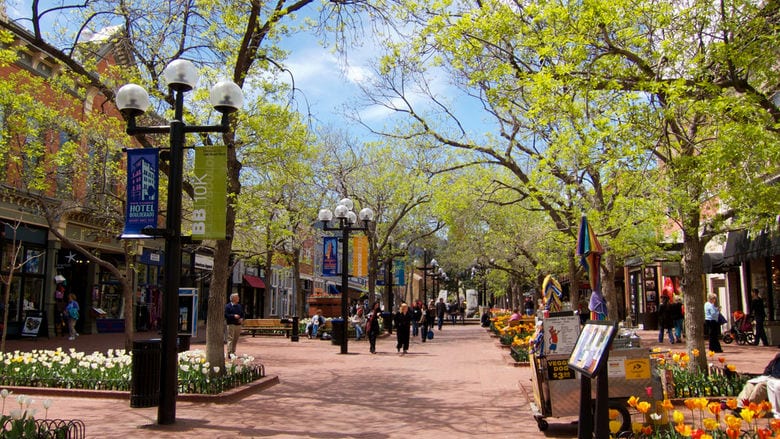
The town center is designed for mixed uses, to be engaging and walkable, where people can come together as a community. People come first. Cars and transportation are carefully addressed to minimize accidents, traffic congestion, pollution and noise. The natural environment permeates everywhere you look. Attractive building designs are appropriate for the region and place.

Harvest Village is a regenerative master-planned community that is off-grid, designed for people and place, where multi-generations can live, work, learn, shop, and play together all within their walkable community.
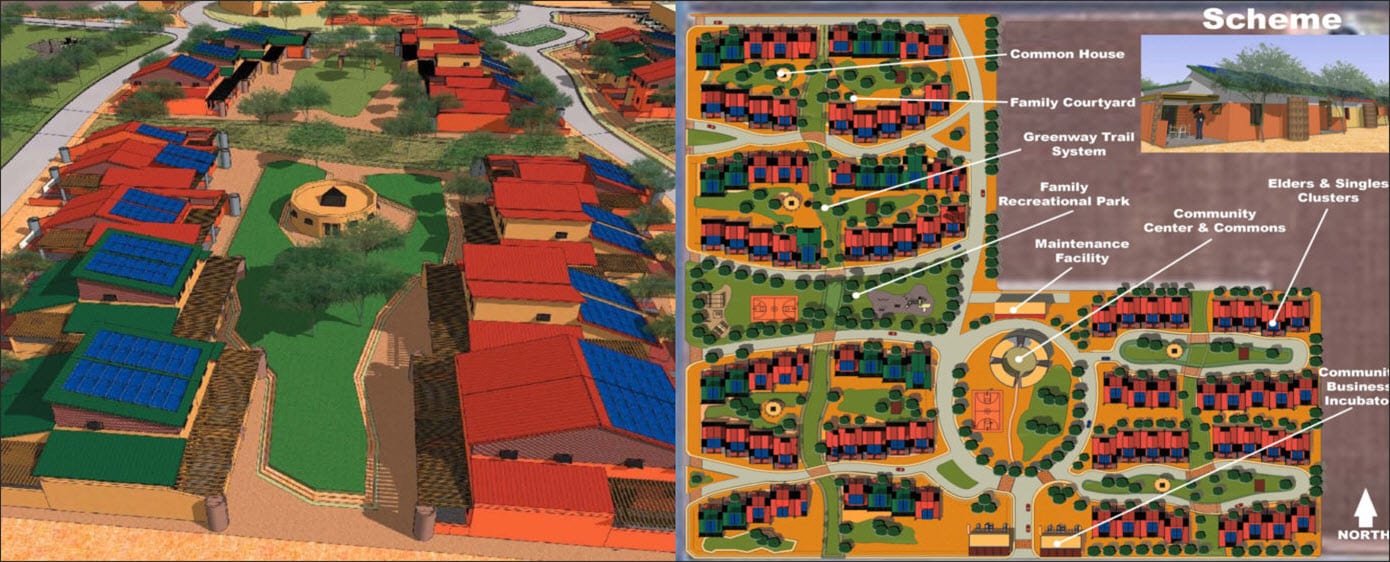
The above design, by 7 Directions of Seattle WA, is for the Salt River Pima-Maricopa Indian Community of Arizona for their Solar Village Masterplan.
Sustainability, from a Tribal perspective, goes beyond maintaining the environment. Tribes also seek to sustain their cultures that are intimately connected to the health of their lands and the well-being of their communities.

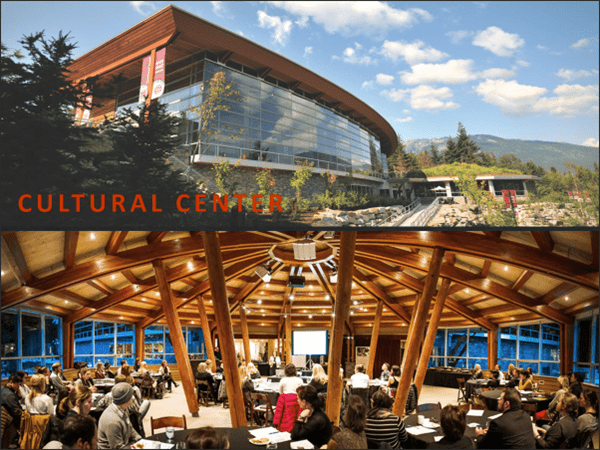
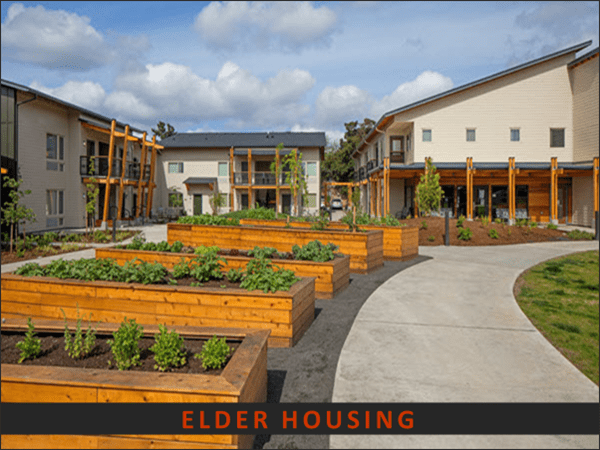
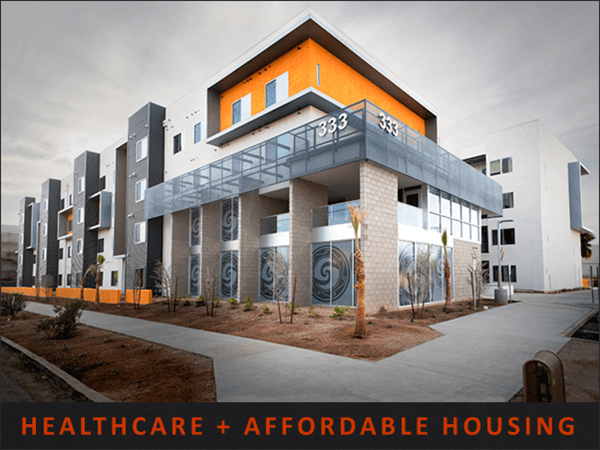
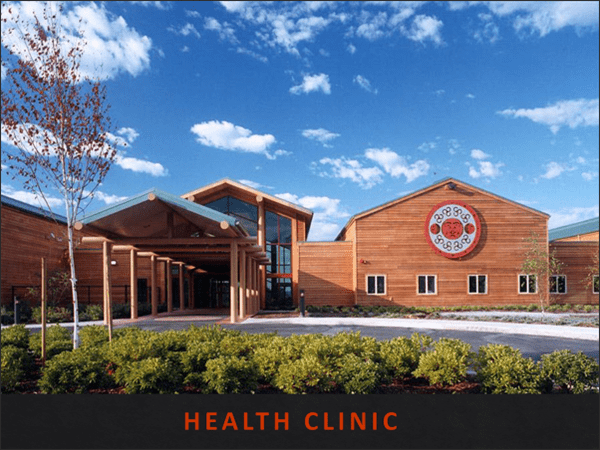

All utilities and smart infrastructure are developed to not be a burden on the Tribe, city or county utility infrastructure. Sensors can monitor and advise on potential public safety issues, infrastructure maintenance, thereby reducing costs and improving quality of infrastructure.
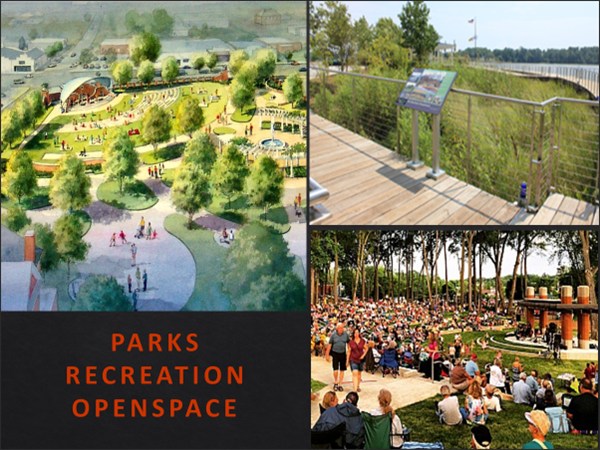
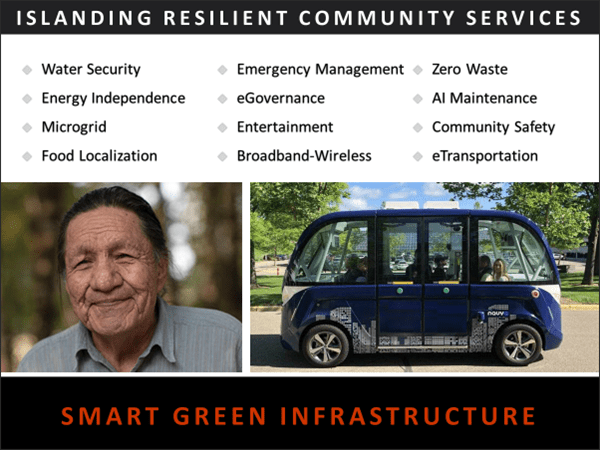
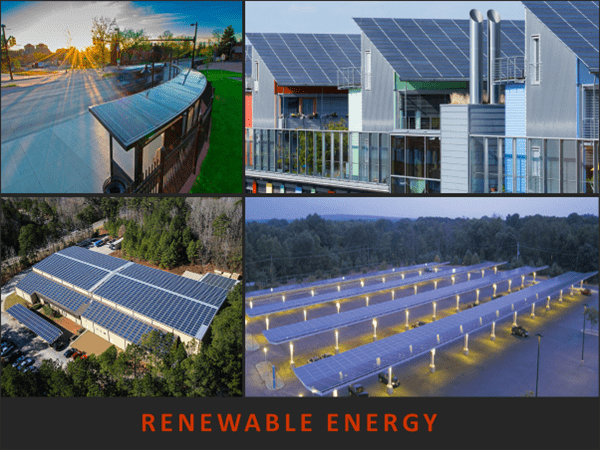
Renewable energy and storage supports self-sufficiency, resilience, improves the quality of life and reduces the cost of living. Renewable energy is dependent upon the best local resources, which may include hydro, solar, wind, waste heat recovery, and hydrogen power.


